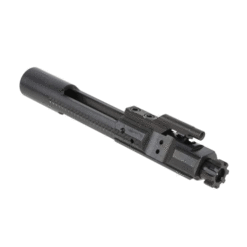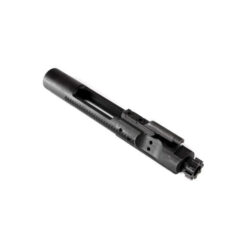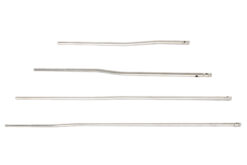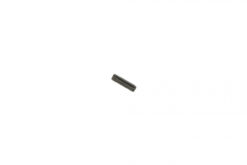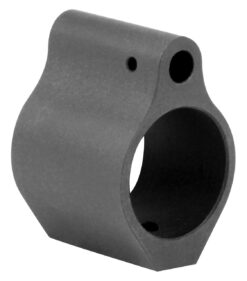Save 15%
MSRP: $19.95
$16.95
Save 33%
MSRP: $14.95
$9.95
Save 14 – 26%
MSRP: $26.95 – $28.95
Price range: $19.95 through $24.95
Save 39%
MSRP: $139.95
$84.95
Save 23%
MSRP: $1.95
$1.50
Save 22%
MSRP: $99.95
$77.95
Save 19%
MSRP: $85.95
$69.95
Save 11%
MSRP: $17.95
$15.95
Save 38%
MSRP: $159.95
$99.95
Save 20%
MSRP: $14.95
$11.95
Save 13 – 14%
MSRP: $21.95 – $22.95
Price range: $18.95 through $19.95
Save 33%
MSRP: $149.95
$99.95
MSRP: $0.79
$0.79
Save 14%
MSRP: $43.95
$37.95
Save 12%
MSRP: $64.95
$56.95
Save 17%
MSRP: $59.95
$49.95
Save 17%
MSRP: $11.95
$9.95
Save 20%
MSRP: $49.95
$39.95
On-Sale
Save 34%
MSRP: $15.00
Original price was: $12.95.$9.95Current price is: $9.95.
Save 10%
MSRP: $9.99
$8.95
Save 33%
MSRP: $14.95
$9.95
Save 30 – 38%
MSRP: $89.95 – $109.95
Price range: $55.95 through $76.95







